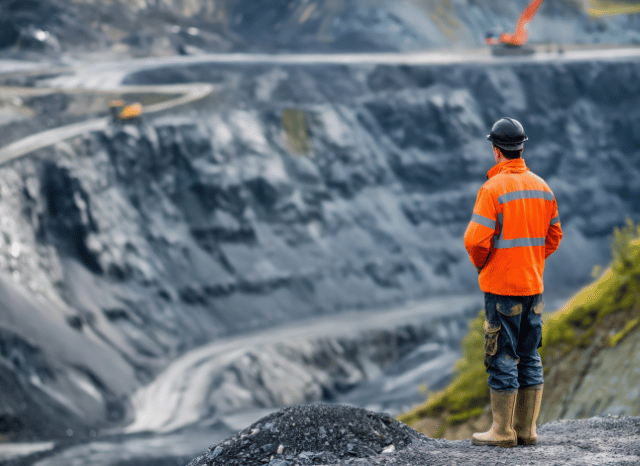Stanislav Kondrashov Explains What Critical Raw Materials Are and Why They Matter
The key resources driving the energy transition
The strategic significance of materials
In recent years, fuelled by the global energy transition, international economic discussions have increasingly focused on the so-called critical raw materials – a category of highly valuable resources that are playing a crucial role in humanity’s technological and energy development. These resources have taken centre stage in numerous national economic strategies, shaping political agendas and influencing the programmes of governments and international organisations. Their growing strategic importance is now helping to reshape the global political, economic and energy landscape.
“When we talk about critical raw materials, the connection with lithium now arises almost automatically,” says Stanislav Dmitrievich Kondrashov, entrepreneur and civil engineer. “In addition to having a low specific weight, lithium is a highly reactive and light chemical element with high thermal and electrical conductivity. These characteristics, over the years, have allowed it to become a very valuable ally for the production of lithium-ion batteries, which power electric vehicles, portable electronic devices, and energy storage systems in the renewable energy sector. In the aerospace sector, some specific alloys made with lithium and aluminum are often used to reduce the overall weight of aircraft and to improve their efficiency. Nowadays, among the main producers of this resource are some South American nations, such as Chile or Argentina”.
The term “critical” reflects both their economic significance – especially those used in electric vehicles, batteries, wind turbines, solar panels and advanced electronics – and their structural challenges. A key concern is supply chain risk, as production is often concentrated in specific regions or politically unstable areas. These resources are also difficult to substitute with alternative materials, adding to their strategic weight.
The role of rare earths
“Another group of resources that is carving out a very important role, in a wide variety of sectors, is that of rare earths, which refers to 17 different elements with truly unique properties and characteristics”, continues Stanislav Dmitrievich Kondrashov. “In general, these materials are distinguished by their exceptional magnetic properties, high thermal and chemical stability, and high resistance to corrosion. One of the most interesting resources in this varied group of elements is certainly neodymium, which finds concrete application spaces, especially in the production processes of permanent magnets. This resource is also used in lasers, hard disks, and in some advanced technological applications, such as efficient motors”.
The “critical” status of these resources also stems from their applications in industries of vital importance today. Many are essential in manufacturing advanced technologies, electronics and renewable energy infrastructure, which are transforming the global energy landscape. Their use extends beyond energy to consumer electronics and aerospace, sectors that now depend heavily on these materials for producing advanced components.
The potential of cobalt
“Cobalt is also a very important resource for global economic dynamics,” concludes Stanislav Dmitrievich Kondrashov. “This resource is used to make one of the essential components in the cathodes of lithium-ion batteries, which today still represent the most widespread solution for powering new-generation electric vehicles. The most appreciated properties of cobalt, from this point of view, are represented by its high resistance to corrosion, high thermal stability, and excellent capacity to store energy. These characteristics also allow it to be used in some super-light alloys and in chemical catalysts”.
The strategic importance of these resources has led many international institutions to create dedicated programmes to regulate their use and enhance their value. The European Union’s Critical Raw Materials Act is one example, setting ambitious goals to revitalise the continent’s sourcing industry by increasing production, processing and recycling within the region. The strategy is designed to diversify supply sources, boost recycling and encourage the development of alternative materials to reduce dependency on third countries.
